Finding Marks Through Drawings Made by Artists
By Paula Briggs
This resource shares a way to introduce learners to the diversity of mark making at their disposal when making drawings. By deconstructing drawings made by artists, we can begin to build our own vocabulary of marks, and start to make our own creative decisions about when to use a certain mark in a particular context, and understand how the marks we choose will affect the final drawings.
See a zoom recording of how to use this resource here.
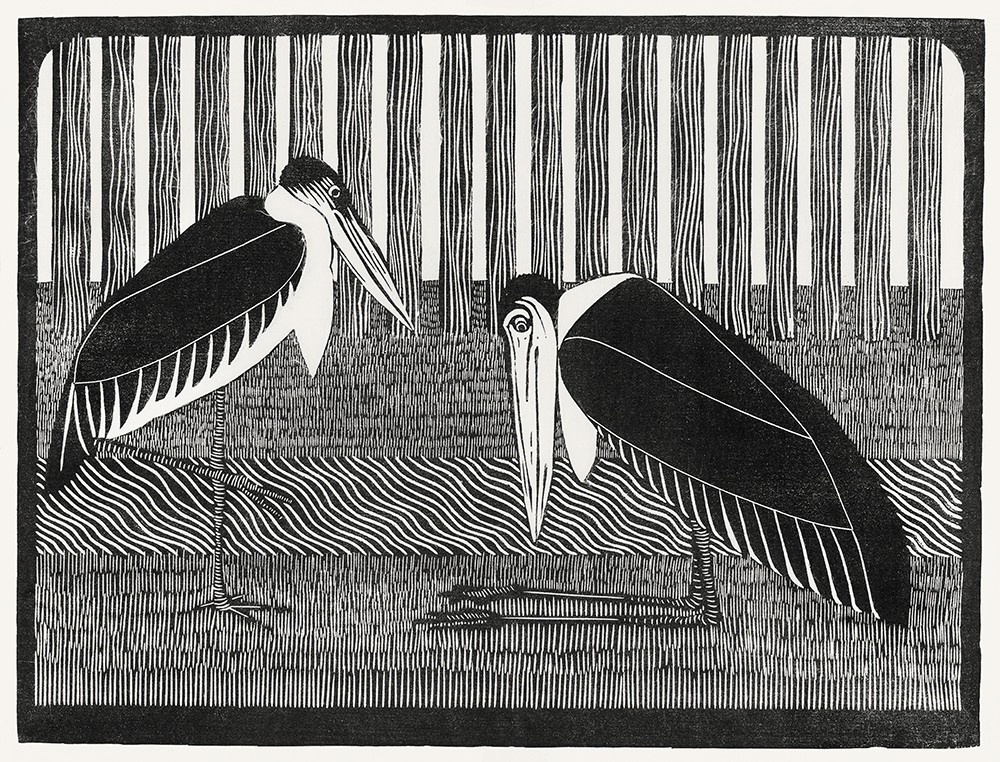
By the end of this activity, learners will have created a series of mark making cards which they can use in other projects.
This resource helps learners to:
-
Look critically at work made by others, finding elements within the artwork which can be used to inspire their own artwork
-
Look closely and deeply to trust their instinct
-
Split the bigger picture into smaller, bitesize elements
-
By giving learners plenty of diverse source material to work from, learners are able to focus upon the marks which they are attracted to, and therefore build their own personal mark making vocabulary. Different learners will spot different types of marks, and interpret them in different ways.
There is no subject matter as such, and learners are not prompted to draw anything – instead the session is purely about mark making.
Learners will enjoy working alone or as part of a bigger group. Sharing outcomes at the end, seeing what kinds of marks others made, is part of the discovery process.the cards created can be used in future drawing sessions to prompt greater diversity of mark making.
Exploring Materials & Techniques
You might choose a single tool or material for this exercise (such as pencil of pen), or you might repeat the exercise on a number of occasions to explore how different tools and materials will affect the outcome. For example you might do the exercise one day with pen, another day with quill and ink, or paint brush and one colour of paint.
Reflecting
Through careful questioning by the facilitator, learners will develop skills to enable them to understand the intention of the artist, and how and why the quality of the marks made in a drawing influence the way we “read” the drawing as viewer.
Building Knowledge & Experience
Some marks have names, some marks do not. By experiencing how these marks are made for themselves, and how speed, pressure, tool and medium all affect outcome, learners understanding of mark making is developed.
What does success look like? How do we spot learners needing extra help? How do we stretch more able children?
Success will look like a learner having created a variety of cards, each with a different type of mark captured on that card.
More able learners can be encouraged to explore how even greater variety of mark making can be achieved by experimenting with pressure, speed and material. More able learners will also look more deeply into the artists images to search out subtle changes in mark making.
Less able learners may need help to “see” marks. Use a simple viewfinder made by cutting a small hole in a sheet of paper and move this across the images – this will help isolate marks.
Teacher Tips
This exercise takes 10 to 20 minutes. Remember that exercises like this can be undertaken by any age (including adults) and every time someone tries the activity they will have a different experience of it. Return to this activity whenever you feel pupils need pushing outside their safe zone of mark making.
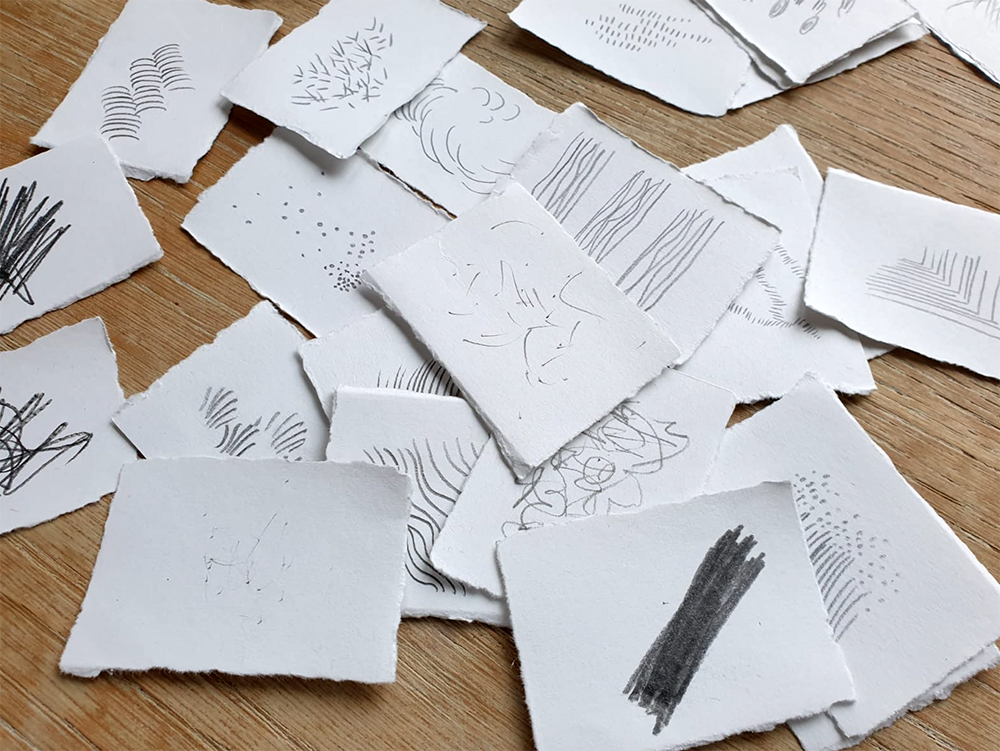
Materials:
-
A mark making tool: a pen, a pencil, or at a later stage, brush and ink.
-
Paper, torn into small sheets each approximately 8cm x 4cm
-
Source material – you can use the images below – either digitally on screen or print them out.
Activity
To access all content, I would like to join as…
AccessArt is a UK Charity and we believe everyone has the right to be creative. AccessArt provides inspiration to help us all reach our creative potential.
See This Resource Used In Schools
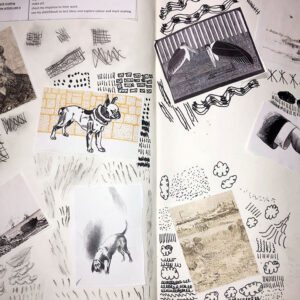
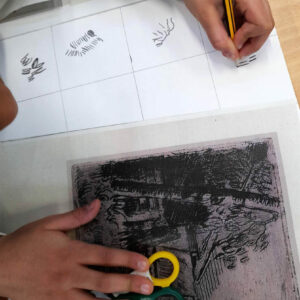
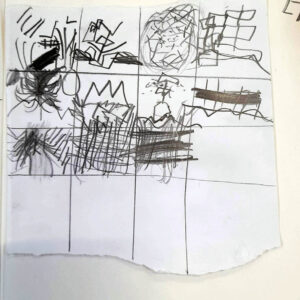

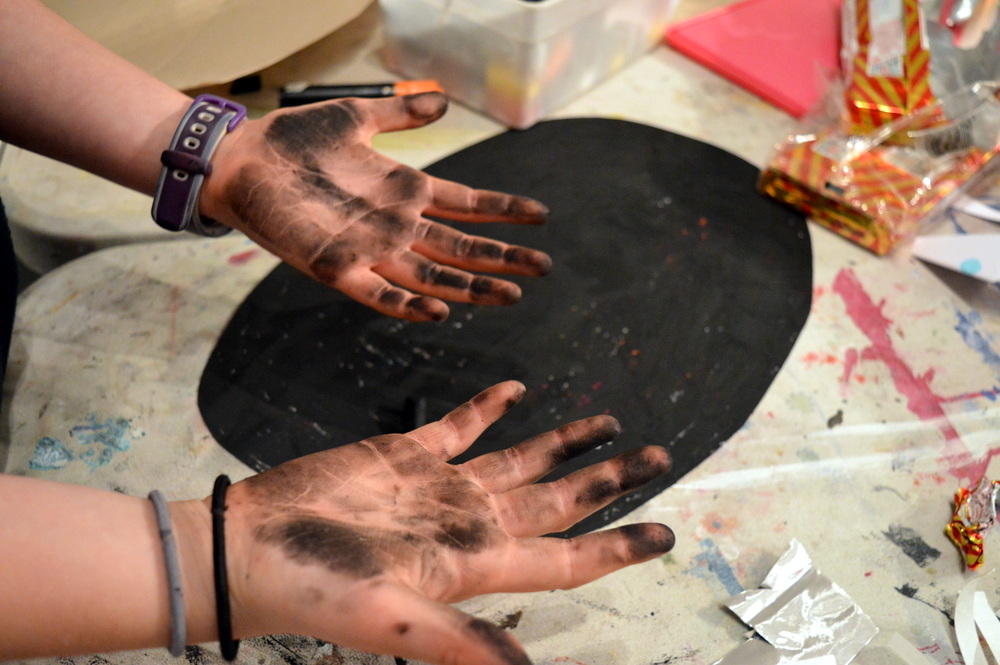
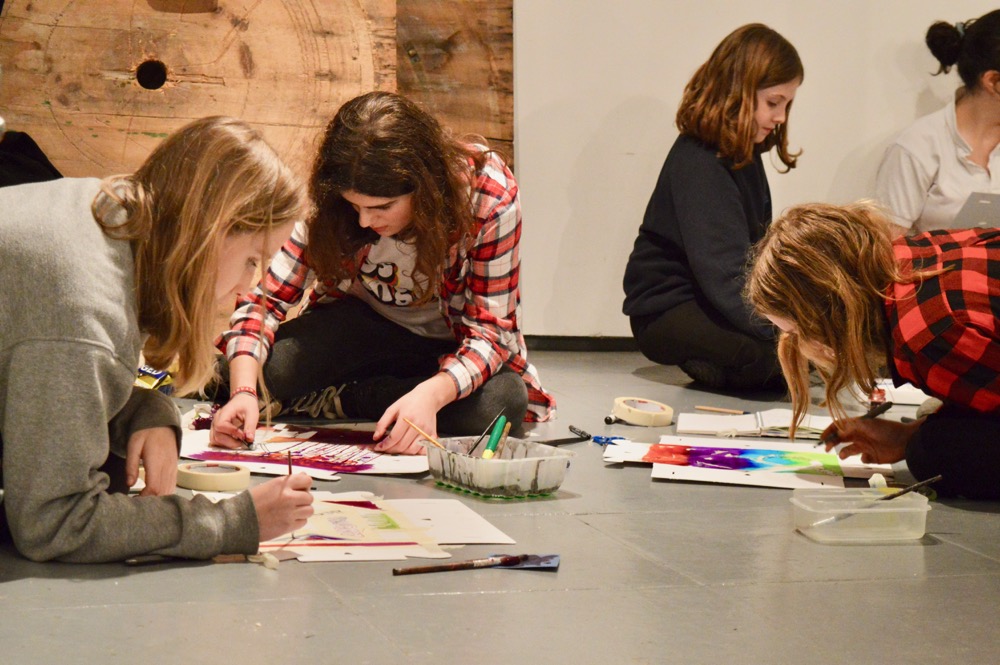
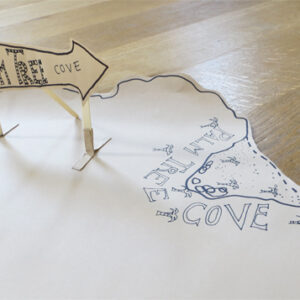
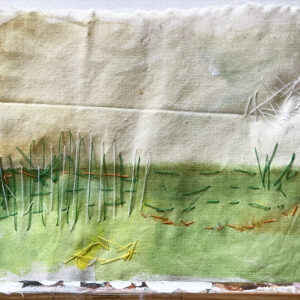
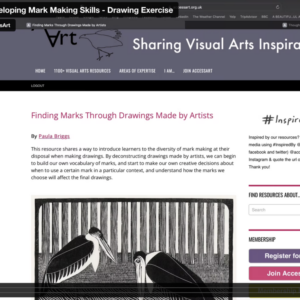
Robyn C
October 25, 2021 @ 11:09 pm
I love this resource. Mark making is such an important step in exploring mediums, building confidence & understanding different approaches to visual responses. I especially love how many visual references are used. A great reminder of how important foundation exercises are.
Suzanne B
February 28, 2022 @ 6:36 am
This is exactly what I need as an exercise for a staff inset – it’s more about training staff so that they can help children’s confidence when faced with a blank paper. Children of all abilities will love this. I’m a fan.
Paula
February 28, 2022 @ 9:05 am
Glad you like it – far better to let children discover for themselves (inspired by others) than we tell them via worksheet xp